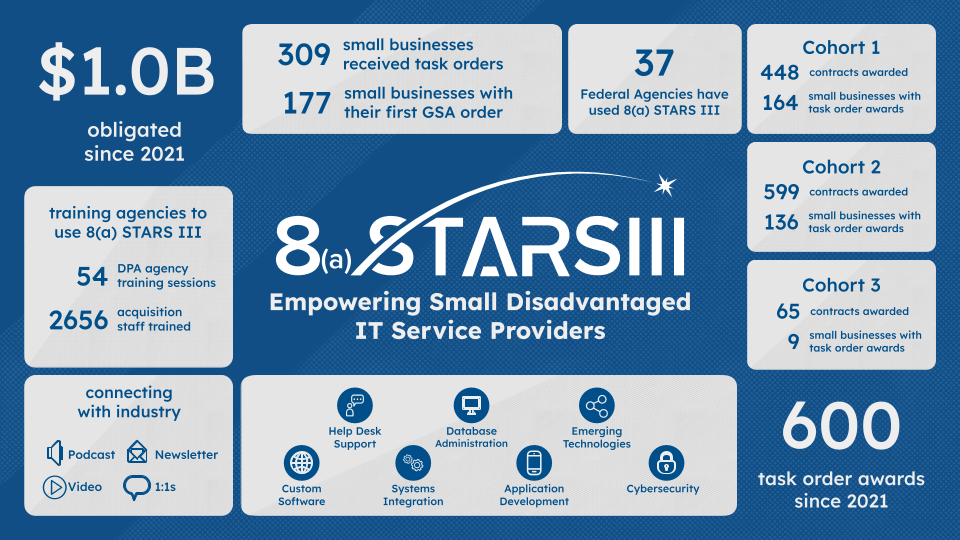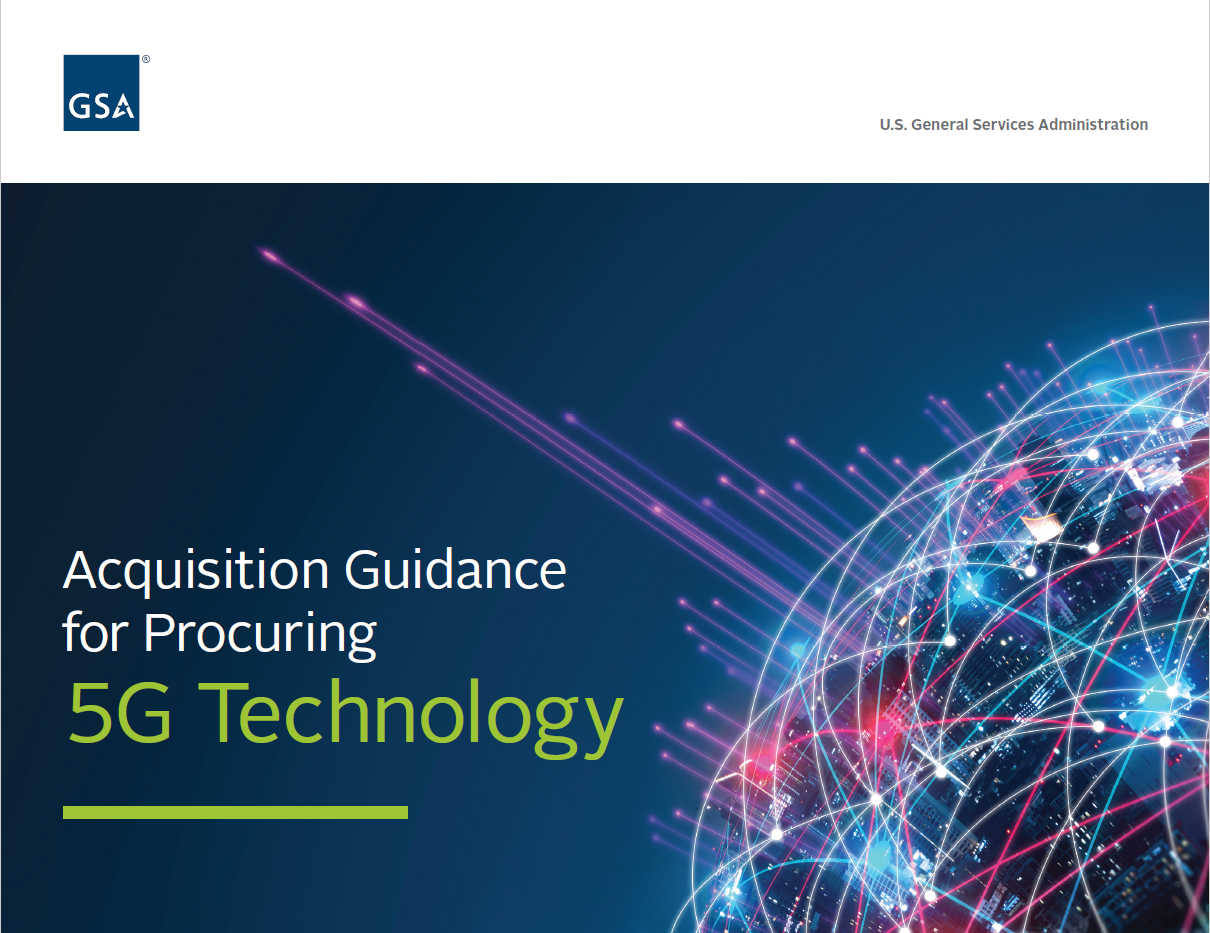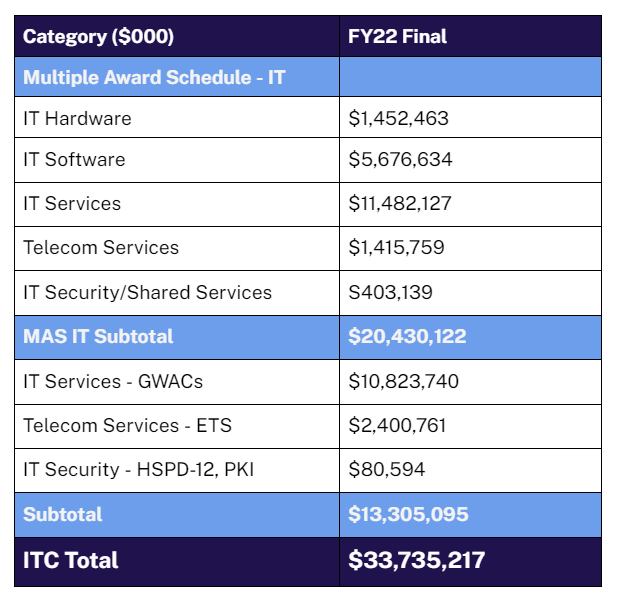Before making a mission-critical acquisition, agencies can save time and resources in finding compliant suppliers, capabilities, competition levels and more to understand the market landscape. GSA’s Market Research as a Service (MRAS) conveniently delivers meaningful market data at no cost to federal, state, and local agencies.
How does MRAS work with agencies?
Through FAR Part 10-compliant Requests for Information (RFIs), sources sought, industry days, and advanced product research, MRAS collects data to help customers understand where their need fits within the GSA governmentwide marketplace.
MRAS experts partner with federal, state, and local agencies to create customized RFIs and help agencies shape their overall acquisition strategy with a thorough, tailored market research report. These services are available at no cost and can be completed typically in two weeks or less.
Record of success with MRAS
In three years, MRAS has conducted over 3,000 RFIs for customers, including more than 25% specifically for IT Category Special Item Numbers (SIN) on the GSA Multiple Award Schedule (MAS).
Top customers served:
- U.S. Air Force
- U.S. Army
- U.S. Navy
Better techniques, better results, Best in Class
The MRAS team uses extensive technology tools and the latest research techniques to generate the best information for customers, and generates a list of vetted, Best in Class GSA industry partners who can fulfill a customer’s unique requirements. The team also works closely with GSA’s talented Customer Service Directors (CSD) to research and review the category, SIN, or contract that best meets the customer’s requirements while following applicable compliance guidelines and maximizing resources.
Customers can review the results of their MRAS request with a member of GSA’s CSD team to answer questions and consider next steps.
Recently, the MRAS team produced a market research report for a multimillion-dollar Department of Defense (DOD) project at Nellis Air Force Base, Nev. and Fort Irwin, Calif. In less than two weeks, the team identified more than 40 potential sources. DOD ultimately found a winning match on the MAS IT professional services SIN.
GSA’s MRAS – Your free resource to start your agency’s successful acquisition journey
GSA’s MRAS offers customers invaluable help through a key component of the acquisition process. MRAS helps agencies make informed acquisition decisions precisely and efficiently. Contact MRAS to learn more and get started today.
Follow ITC on LinkedIn and Twitter, and subscribe for blog updates.


